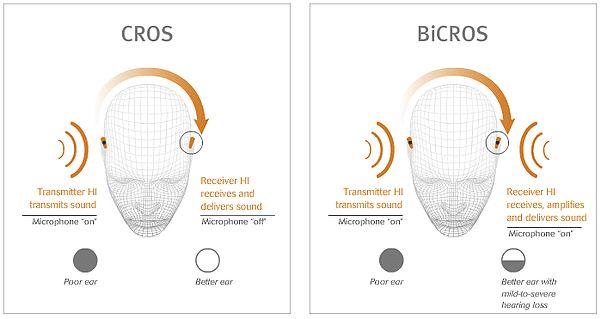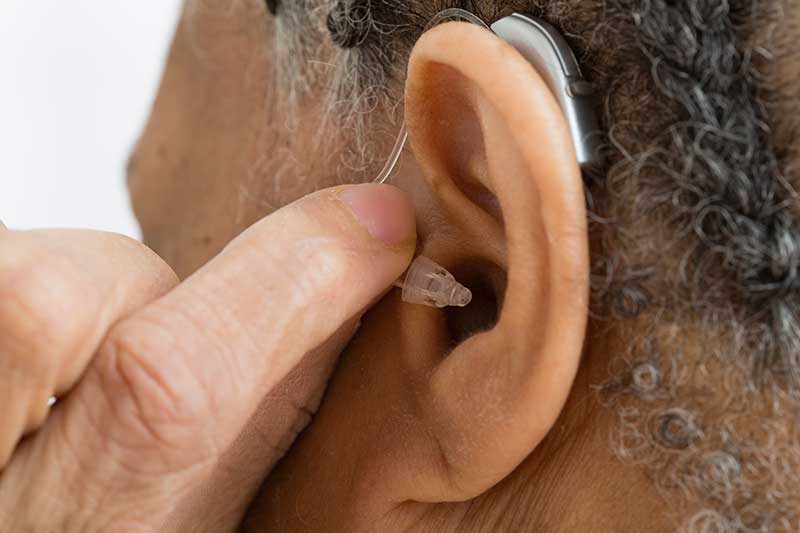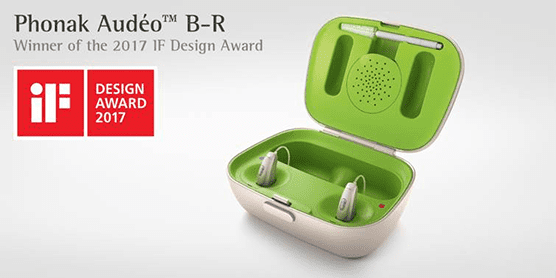Better Hearing Blog

Detecting Teen Hearing Loss
With so many youngsters exposing themselves to loud noise that can rob them of their hearing ability, it is important to develop new tests to detect adolescent hearing loss. If hearing loss is uncovered when it is mild, youngsters can be alerted to ways of modifying their behaviors that help to preserve their remaining hearing. With this in mind, researchers are currently suggesting that youngsters have their hearing checked in higher frequencies than are likely to be tested for at school or other non-professional settings. Normally, teens are able to hear in very high-frequency ranges that escape their elders’ notice. It is important that teens’ hearing be tested in accordance with their extended hearing capability.
Loss of hearing is gradual, and usually begins with the high frequencies. If your hearing loss becomes serious enough, you may risk impairing your ability to speak clearly. While listening to something too loudly and for extended periods of time is bad for your health, headphones better isolate the background noise, thus enabling you to listen at a lower volume. To schedule a hearing assessment, please call BETTER HEARING CENTER. We are New Hampshire’s premier hearing care provider.
P.S. Some teens have used their higher-frequency hearing ability to their advantage by downloading ring tones on their cell phones that their teachers cannot hear.

Swimmer’s Ear
While the outer ear infection commonly known as “swimmer’s ear” is usually associated with young children and the summer months, it can occur at any age, at any time of the year. Moreover, swimming is only one possible cause. This outer ear infection occurs in the ear canal between the outer surface of the ear and the eardrum. Symptoms include itching, redness, swelling, pain, a feeling of fullness in the ear, and muffled hearing. The infection is most often caused by bacteria that invade the skin in the ear canal. Ordinarily, the ear canal is protected by earwax (cerumen) that forms a protective barrier, which inhibits bacterial growth. However, improper cleaning with a cotton swab can damage the skin.
To diagnose swimmer’s ear, your otolaryngologist will look for redness and swelling in your ear canal. Your doctor also may take a sample of any abnormal fluid or discharge in your ear. Your otolaryngologist has specialized equipment and the expertise to effectively clean the ear canal and treat swimmer’s ear. With proper treatment, most infections should clear up in 7-10 days. For more information, please call BETTER HEARING CENTER. New Hampshire’s premier hearing care provider.
P.S. To avoid an outer ear infection, it is necessary for those wearing in-the-canal hearing instruments to clean their devices regularly and to carefully insert and remove them from their ears.

Unilateral Hearing Loss
Unilateral hearing loss makes it difficult to sense distance and sound direction. Known as the “head shadowing effect,” listeners with good hearing in only one ear must tilt their heads toward the sound source in order to compensate for the shadowing effect. Hearing instrument specialists can address this problem with a CROS (Contralateral Routing of Signals) system, which involves sending speech and sounds picked up via microphone on the non-hearing side to the better ear that is outfitted with a receiver. This setup enables sounds from the non-hearing side to be sent to the hearing ear by virtue of a radio signal. As a result, the good ear helps make up for the loss in the bad ear.
BETTER HEARING CENTER offers a full range of diagnostic and hearing-loss prevention services, hearing instruments and assistive devices. We continue the tradition of better hearing through education, technology, and customer service. To schedule an appointment, please call our hearing center. We are the only hearing center that has served the Concord, New Hampshire, area for more than 55 years. New Hampshire’s premier hearing care provider.
P.S. A BiCROS instrument is just like a CROS one except that the device on the good side is actually a fully capable hearing aid for hearing sounds from the good side. It is also capable of receiving the sound transmitted from the CROS aid on the other side.

Ease into Hearing Aid Use.
While many hearing specialists recommend that people with newly prescribed hearing instruments wear them all day when they are first fitted with the devices, not everyone can do so comfortably. Some individuals find that their sudden ability to hear sounds that they have not heard in some time is a bit overwhelming. Due to the abrupt reintroduction of ambient sounds such as traffic noise, air-conditioner hum, and background conversation, some people feel inclined to remove their hearing instruments. However, hearing instrument wear need not be an all-or-nothing proposition. According to a study of seniors who reported being unsatisfied with their hearing instruments, a gradual increase in hearing instrument use over 30 days produced greater satisfaction among half of the study participants.
It is fine to only wear your new devices in comfortable situations and environments for the first few days. Hearing professionals recommend that you eventually try to wear your hearing aids during your waking hours. The more sounds you are able to recognize and filter out as well as identify as bothersome can help your hearing professional make adjustments in your follow-up visits. For more information, please call BETTER HEARING CENTER. We’re excited to assist you in making decisions about your hearing health at New Hampshire’s premier hearing care provider.
P.S. If you are getting used to wearing a hearing instrument for the first time, try wearing it for increasingly longer periods of time at home, where you can have more control over what you hear.

Tinnitus, what is it?
It is estimated that one in ten U.S. adults has experienced “tinnitus” during the past 12 months. These people experience ringing in one or both of their ears when there is no external sound present. Tinnitus is not a disease. It is a symptom of a problem in the auditory system. It most often occurs when damage to the hair cells in the inner ear alters the signal that these cells send to the brain. This tinnitus-causing damage may be the result of age-related hearing loss, injury, exposure to very loud noises, certain medications, jaw joint disorders, anxiety, or head and neck trauma. By some estimates, about 75 percent of people with some degree of hearing loss also experience tinnitus.
Tinnitus often has a negative impact on a person’s physical and emotional well-being, causing increased stress levels, concentration problems, sleeping problems and a reduced ability to hear. These in turn may have a negative effect on a person’s social life, personal relationships, and ability to work. There is no magic cure for tinnitus, but there are methods that can help you live with it. For more information, please call BETTER HEARING CENTER. New Hampshire’s premier hearing care provider.
P.S. Many individuals suffering from hearing loss and tinnitus can benefit from being fitted with a hearing instrument with a sound generator.

Phonak Audéo™ B-R wins prestigious iF DESIGN AWARD 2017
As the leading provider of the most complete product portfolio of hearing instruments and wireless communication solutions, Phonak Audéo™ are pleased to announce that their Audéo B-R rechargeable hearing aid has been recognized for outstanding product design with the iF DESIGN AWARD, one of the most prestigious design competitions in the world.
Audéo B-R was selected from over 5,500 entries to receive the coveted seal of design excellence in
the category of product by a high-profile jury made up of independent experts from all over the world.
“It’s a great honor to receive the iF DESIGN AWARD recognition,” said Thomas Lang,
Senior Vice President Phonak Marketing. “The award underlines our efforts to pair
the highest standards in hearing performance, ease of use and innovation with
outstanding design to help people with hearing loss live better lives.”
We’re proud of the work our research and development team conducts in order to create best-in-class hearing products with sleek, practical designs for everyday use. We are pleased to share this exciting news with you and hope your patients enjoy the award-winning design of Audéo B-R.
Please visit phonakpro-us.com to read more about the iF Design Award presented to Phonak.
For more information on the latest lithium-ion rechargeable technologies by Phonak, please contact Better Hearing Center at [email protected] or (603) 224-9043.
